2025-12-19T08:00:00-08:00
* WHAT...South winds 15 to 25 mph with gusts up to 45 mph expected. * WHERE...Humboldt Interior. * WHEN...From 7 PM Thursday to 8 AM PST Friday. * IMPACTS...Wind gusts will be particularly strong along windward ridges and exposed coastal headlands. There is an increased risk of tree branches and other debris on roadways. Gusty winds will blow around unsecured objects. Tree limbs could be blown down and a few power outages may result.
Summary
Segment 2 of the river run spans approximately 9 miles and is ideal for intermediate and advanced kayakers and rafters. The ideal streamflow range for this segment is between 500-1500 cfs, with the peak season running from March to May.
The Class III-IV rating of this run provides a challenging and exciting experience for experienced whitewater enthusiasts. The river features various rapids and obstacles, including Steelhead Falls, Rattlesnake, and Horseshoe Bend. The rapids are technical and require precise maneuvering skills, making it a thrilling ride for paddlers.
There are specific regulations to note for this area. The Mad River is managed by the Bureau of Land Management and requires a permit for all commercial and non-commercial use. Additionally, all boats must be inspected for invasive species before entering the river. Camping is allowed in designated areas, but fires are prohibited along the riverbanks.
Overall, the Mad River (Segment 2) is a must-do for advanced whitewater enthusiasts seeking a challenging and exciting adventure. Make sure to check water levels and obtain the necessary permits before embarking on this adventurous journey.
River Run Details
| Last Updated | 2025-06-28 |
| River Levels | 107 cfs (0.42 ft) |
| Percent of Normal | 104% |
| Status | |
| Class Level | iii-iv |
| Elevation | ft |
| Streamflow Discharge | cfs |
| Gauge Height | ft |
| Reporting Streamgage | USGS 11478500 |
Weather Forecast
Nearby Streamflow Levels
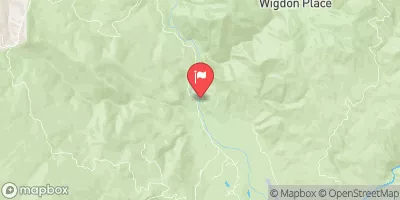 Sf Trinity R Bl Hyampom Ca
Sf Trinity R Bl Hyampom Ca
|
369cfs |
 Van Duzen R Nr Bridgeville Ca
Van Duzen R Nr Bridgeville Ca
|
362cfs |
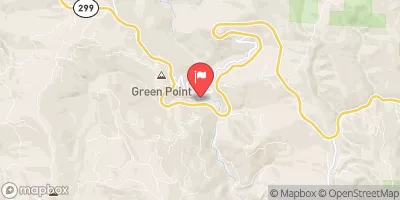 Redwood C Nr Blue Lake Ca
Redwood C Nr Blue Lake Ca
|
225cfs |
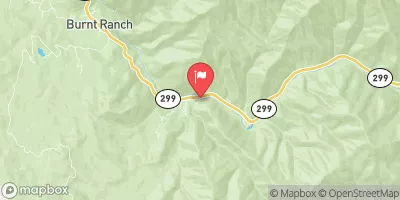 Trinity R Nr Burnt Ranch Ca
Trinity R Nr Burnt Ranch Ca
|
708cfs |
 Eel R A Scotia Ca
Eel R A Scotia Ca
|
894cfs |
 Mad R Nr Arcata Ca
Mad R Nr Arcata Ca
|
603cfs |


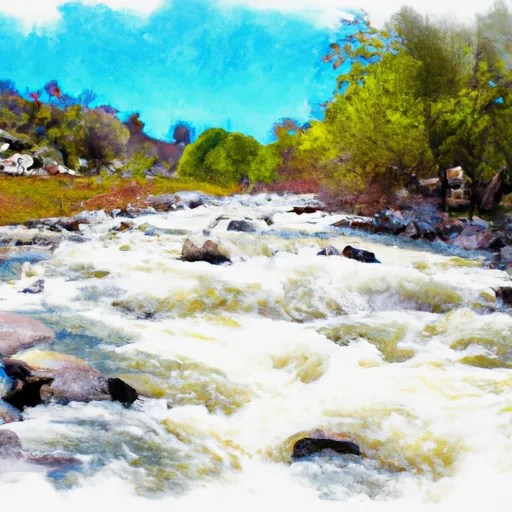 Mad River (Segment 2)
Mad River (Segment 2)
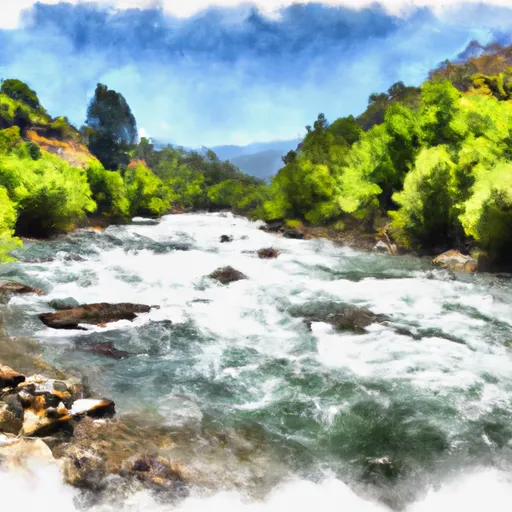 Mad River (Segment 1)
Mad River (Segment 1)